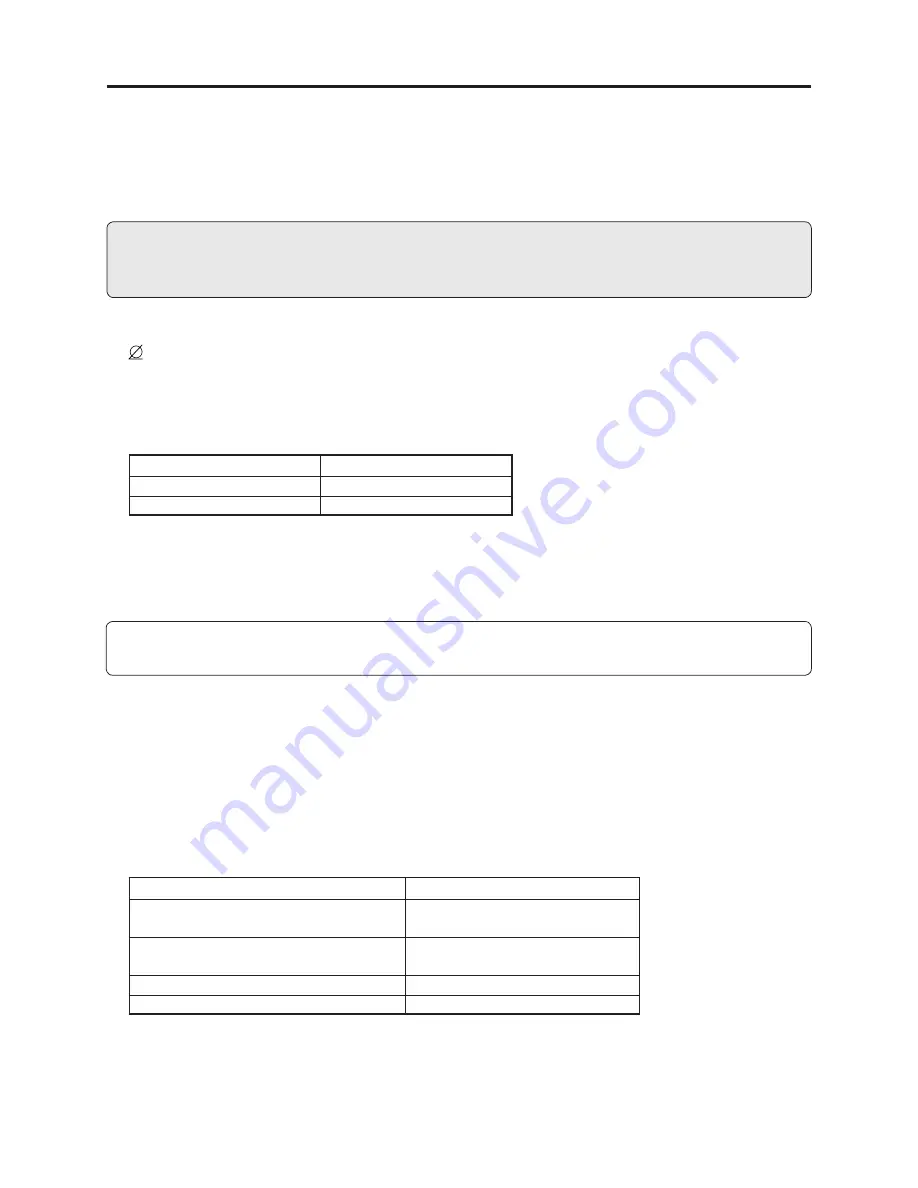
1 - 3
(3) Lead-free solder for servicing
Use the following lead-free solder for servicing:
Recommended lead-free solder and composition of alloy (wt%): Sn-3.0Ag-0.5Cu or equivalent
Information:
For composition of alloy, Sn is tin; Ag is silver; Cu is copper; Bi is bismuth; Pb is lead.
(4) Soldering iron for servicing
The temperature of soldering iron tip must be adjusted according to the points to be soldered: Use
an antistatic soldering iron with thermal control function.
When removing components, take care not to damage any surrounding component or pattern. When
attaching components, observe the heating time in the following table so that the components are
not destroyed by heat.
1-4 Lead-Free Solder
The printed circuit board that uses lead-free solder is adopted. To protect the global environment,
use the recommended lead-free solder also during servicing.
Read and observe the following before soldering:
Caution
ALWAYS wear protective goggles during soldering so that no solder smoke or scattered solder
enters the eye. Lead-free solder may scatter at high temperatures of 600°C.
(1) Identifi cation of circuit boards that use lead-free solder
“ ” is stamped or noted with pattern letter on circuit boards that use lead-free solder.
(2) Characteristics of lead-free solder
The components of lead-free solder used are as follows. The melting point of lead-free solder is
30-40°C higher than that of lead based solder:
Melting temperature: Approx. 220°C
Tip temperatures for different soldering points:
Safety Precaution for Repair > Lead-Free Solder
Pb
A30C5
Point to be soldered
Composition of alloy (wt%)
For refl ow
Solder paste: Sn-3Ag-0.5Cu
For dip
Bar solder: Sn-0.6Cu
oint to be soldered
Tip temperature
Surface-mounted (chip) parts [other than
those shown below]
320 ± 30°C
[heating time: less than 5 seconds]
Surface-mounted (chip) parts [for DVD
cameras, cellular phones only]
350 ± 10°C
[heating time: less than 3 seconds]
Discrete parts
380 ± 30°C
Chassis, metal shield, etc.
420 ± 30°C








































